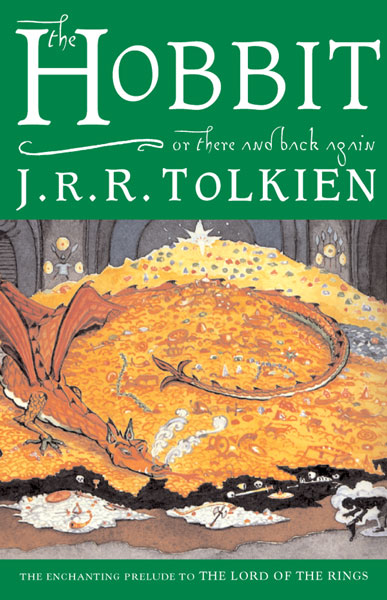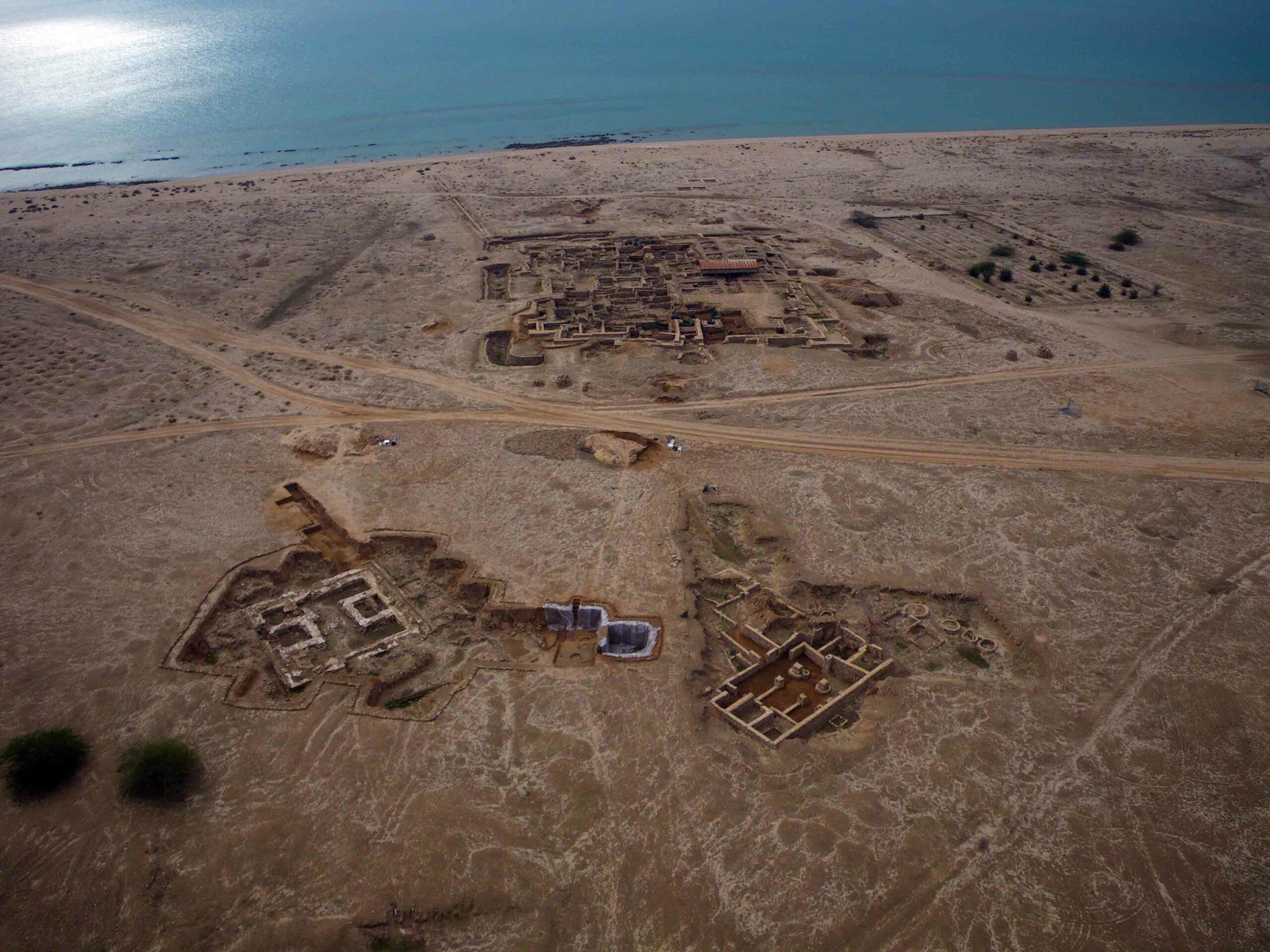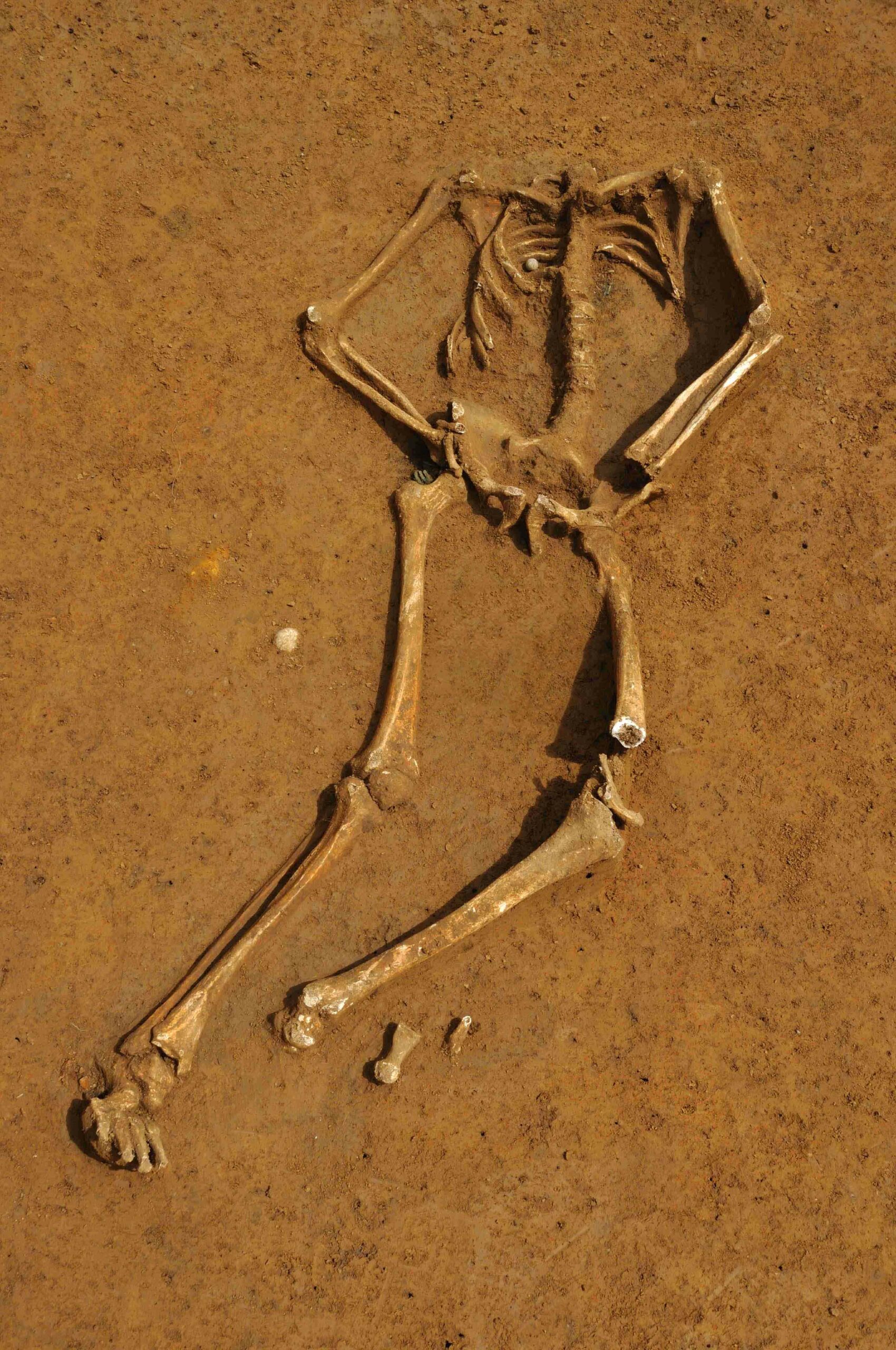
BASINGSTOKE, ENGLAND—Could a cursed Roman ring have inspired the writing of The Hobbit? It had been thought that JRR Tolkien was inspired by the Niebelung legends, but an exhibition at The Vyne, a sixteenth-century home built for King Henry VIII’s Lord Chamerlain, explores the possible link between a Roman gold ring and author. The name inscribed on the large, precious ring, which is part of the collection of the house, is mentioned on a curse tablet that was found some 100 miles away. “Among those who bear the name of Senicianus to none grant health until he bring back the ring to the temple of Nodens,” it reads. In 1929, archaeologist Sir Mortimer Wheeler consulted with Tolkien, an Anglo-Saxon scholar, about the ring and the unusual name of the god mentioned in the curse. The Hobbit was published in 1937.










